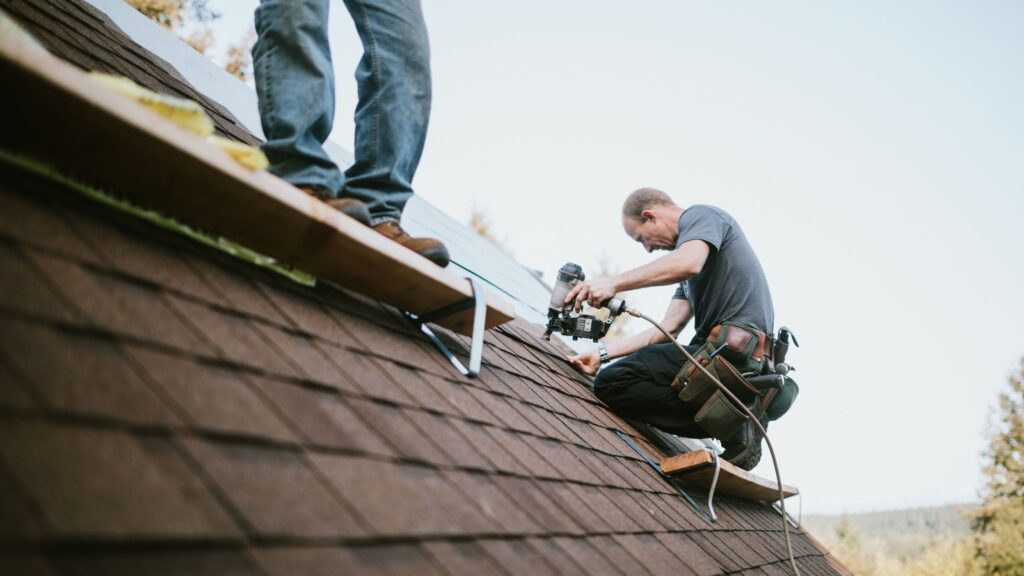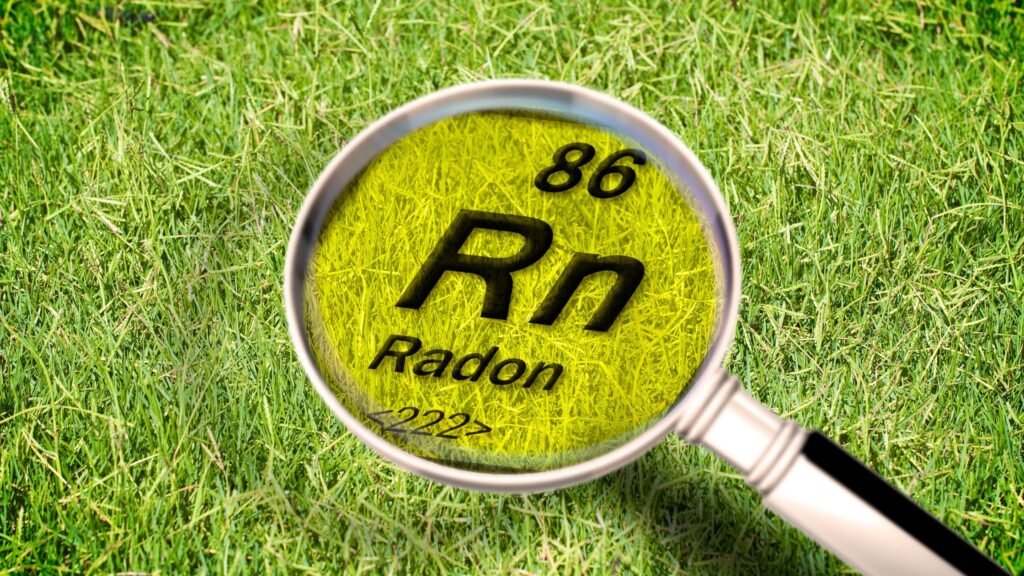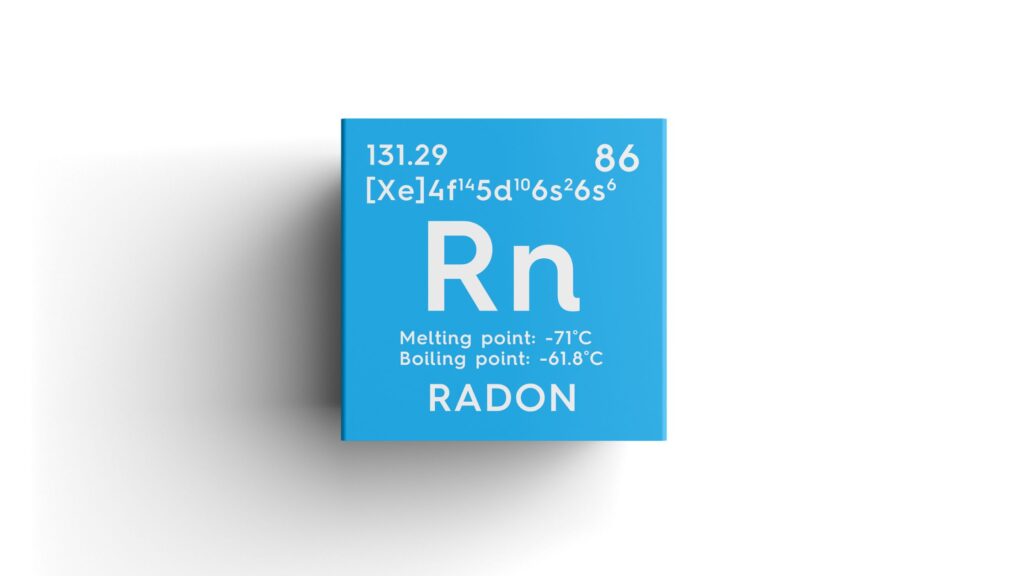Protecting indoor air takes more than a quick fix; it demands clear testing, precise design, and disciplined verification. When you evaluate radon mitigation contractors, you should expect evidence over guesswork and neat installations over shortcuts. With the right team, you reduce exposure fast, maintain performance, and safeguard property value today. True professionals focus on long-term safety, not temporary results. Every detail—from fan placement to sealing—defines how well your system protects your home for years to come.

What Expert Contractors Actually Deliver
Great providers do more than set a fan and leave. Instead, they perform detailed diagnostics, design a foundation-specific solution, and verify every outcome for consistency. Additionally, they route piping discreetly through the most efficient paths, seal all visible and potential entry points, and size the fan precisely for your slab, soil type, and building footprint.
Consequently, you gain reliable draft, quiet operation, long-term durability, and measurable reductions that prove real performance. In the end, expert contractors leave you with a system that not only meets standards but exceeds expectations in safety and efficiency.
Core Deliverables You Should Expect
Every effective mitigation project follows a proven process—from precise testing to reliable installation—ensuring lasting safety and performance.
A. Diagnostic Testing
Teams confirm baseline readings, evaluate environmental factors, and select short- or long-term protocols as required. Using calibrated instruments and structured sampling plans, they record data that accurately reflects typical living conditions. This ensures that every measurement represents true exposure levels before the mitigation begins.
B. System Design
Specialists identify the most effective suction points, plan clean routing for piping, and choose fans precisely matched to site conditions. Designers also assess foundation types, drainage, airflow paths, and utility layouts to determine efficient and safe suction zones. Every system is tailored to achieve reliable negative pressure and long-term stability.
C. Professional Installation
Certified technicians drill accurately, mount components on vibration dampers, and seal penetrations to prevent leakage. They core-drill cleanly, label all lines, protect interior and exterior finishes, and reinforce all joints for lasting durability. The result is a system that operates quietly, efficiently, and with complete structural integrity.
D. Post-Mitigation Verification
Once installed, crews conduct thorough performance testing under real living conditions. They verify airflow, draft strength, fan operation, and sound levels while documenting results for compliance. Only after confirming stable readings and safe operation do they issue final approval and detailed verification reports.
E. Owner Guidance
Homeowners receive simple maintenance checklists, system diagrams, and warranty documentation for easy reference. Teams also explain re-testing schedules, fan inspection tips, and clear contact information for ongoing support. This ensures you can maintain efficiency, safety, and peace of mind long after installation.
From the first test to final verification, every step is handled with precision and care. The result is a durable, high-performing system that protects your property, ensures compliance, and delivers confidence for years to come. Learn more about What Is Radon?
How To Compare Providers Beyond Price
Because quality varies widely, it’s important to look beyond cost and evaluate real expertise. Reliable providers explain your test numbers clearly, set realistic reduction targets, and back every recommendation with diagnostics instead of assumptions or templates. They tailor designs to specific foundation types—whether basements, slabs, crawlspaces, or additions—selecting suction points and routing suited to your structure, soil, and utilities.
Professional contractors ensure tidy exterior lines, discreet placements, and quiet fan locations positioned away from bedrooms and windows to preserve both airflow and curb appeal. They also provide written post-testing that confirms reductions under normal conditions, outlines retest schedules, and supplies documentation for property sales or future maintenance. Their attention to aesthetics and compliance reflects a commitment to both performance and homeowner peace of mind.

Common Design Choices and When to Use Them
Every building layout requires a customized approach. The right design choice depends on your foundation type, airflow patterns, and available space—ensuring efficiency without compromising appearance.
- Sub-slab depressurization: Most homes benefit from one or more suction points that pull soil gas from beneath the slab.
- Crawlspace strategies: Encapsulation plus ventilation or suction keeps draft predictable and moisture under control.
- Multiple additions: Older homes may need separate suction points for slab-on-grade wings or isolated rooms.
- Aesthetic routing: Crews can often hide runs inside utility chases, garages, or downspouts for clean lines.
- Attic or Roof Discharge Systems: In some cases, venting through the attic or roof line reduces exterior clutter and protects the fan from weather exposure.
Each design option serves a purpose. A skilled contractor will match the right configuration to your structure, ensuring effective mitigation, durability, and visual harmony.
Conclusion
Indoor air safety demands discipline and follow-through. Therefore, work with experienced radon mitigation contractors who test first, design precisely, and verify performance after installation. With a tailored system, you protect health, preserve property value, and simplify future transactions. For compelling educational content and clear homeowner communications, count on DSM Radon to support your outreach.

FAQs
1) How do I choose the best provider for my home?
Compare proposals for diagnostics, design specifics, routing plans, and documented post-testing. Additionally, ask for warranty terms and photos from similar projects in your area.
2) How does a mitigation system reduce radon?
A fan creates negative pressure under the slab or crawlspace, draws soil gas into sealed piping, and vents it above the roofline. Consequently, the gas no longer enters living spaces.
3) When should I retest after installation?
Confirm results soon after the system runs under normal conditions. Moreover, re-test at regular intervals and after renovations, HVAC changes, or foundation work.
4) What if readings remain higher than expected?
Request additional diagnostics. Then, your team may add suction points, adjust fan size, refine sealing, or modify crawlspace strategies. As a result, the system regains effectiveness.





